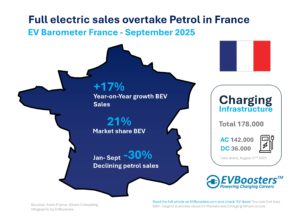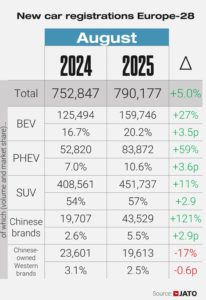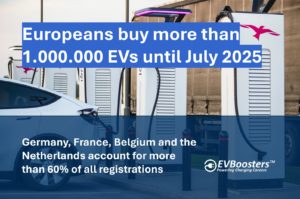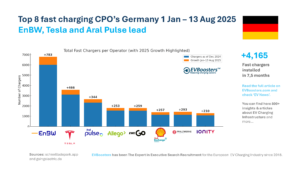The three strategies for governments are as follows:
- Sit back and leave the shaping of the charger landscape to other players;
- Opt for a single standard and require that EV manufacturers conform to it;
- Adopt interoperability regulations that accommodate diverse charger types and a wide range of EVs.
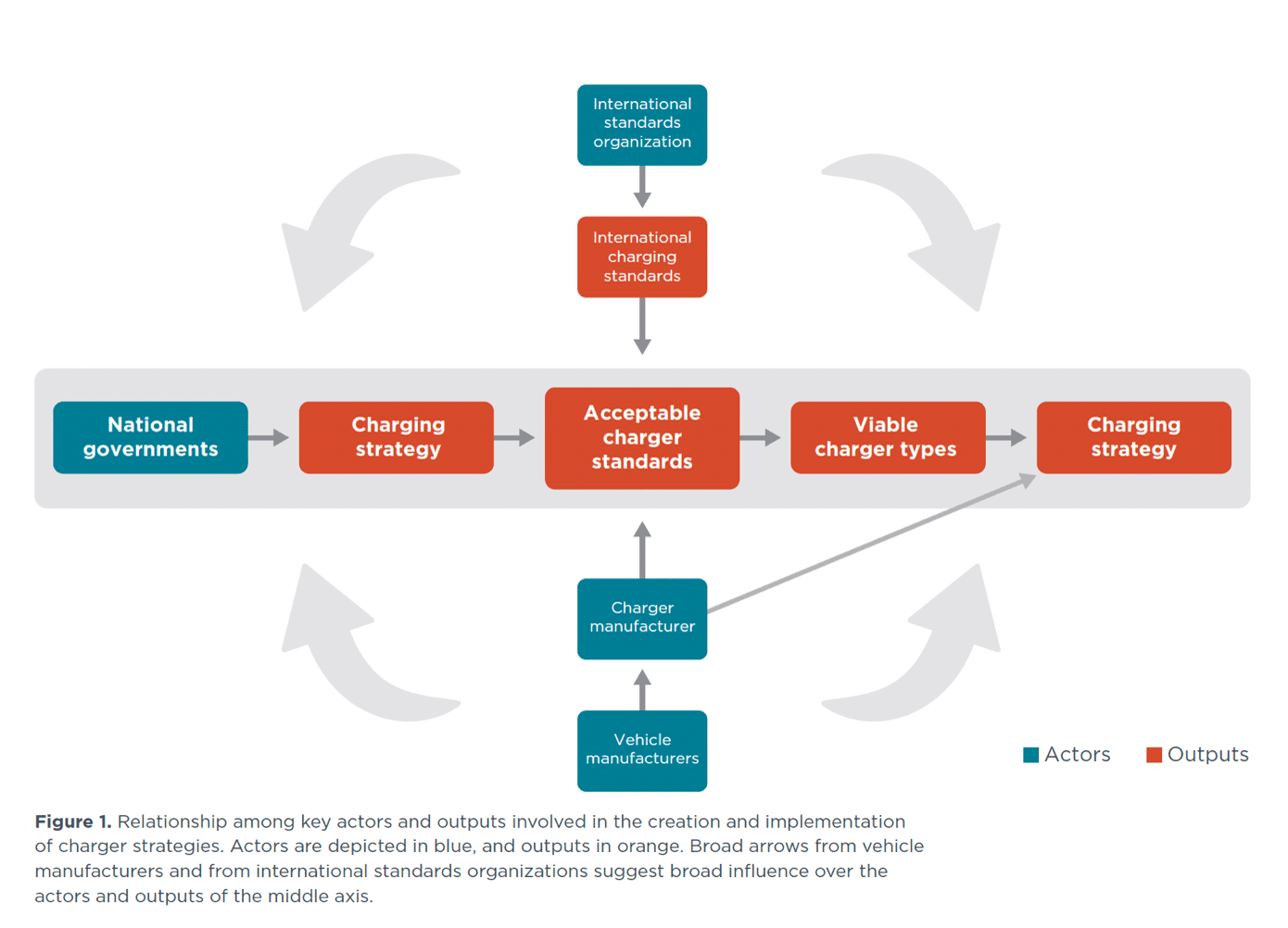
Factors shaping charger strategy
The paper uses a historical and technical analysis of international charger standards for battery electric vehicles (BEVs) to identify factors that shape a country’s strategy for setting a charger standard. Some of these varying factors include the country’s status as an EV importer or exporter, the power of private industry innovation, and market size and regulatory strength.
Which one of these three strategies is found in different markets depends on this array of factors and the various ways in which they come to expression in different countries. This paper uses Chile as a case study to illustrate how a country might develop a charger standard strategy. It presents the lessons Chilean policymakers learned and are still learning in the process. Many countries with progressive plans to decarbonise their economy will face the same challenges Chile faced early in its transition to zero-emission vehicles.
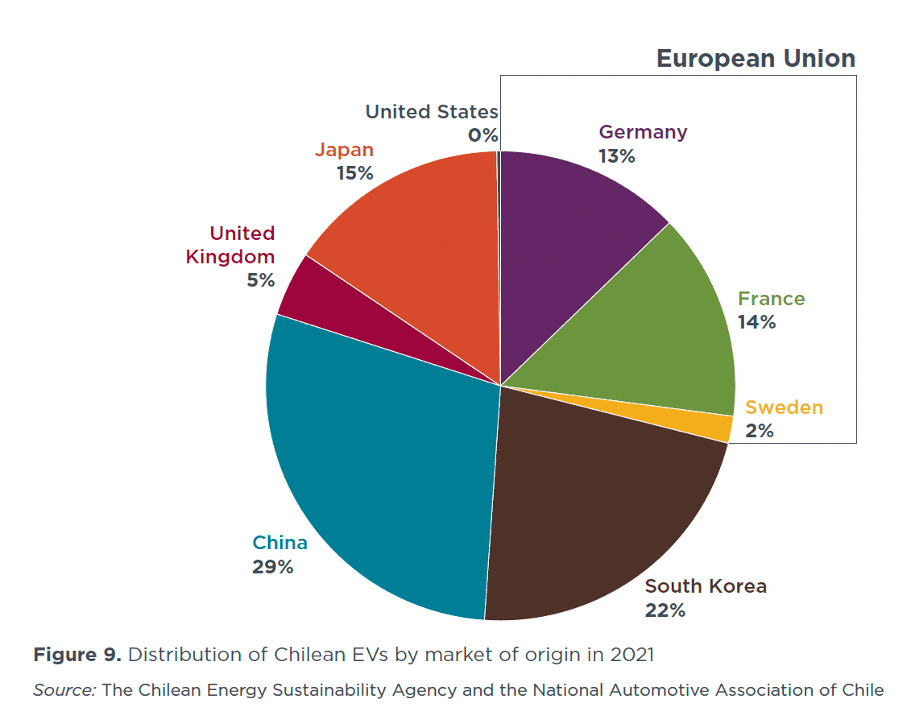
Recommended strategies
One of the key components in decarbonising transportation is a well-thought out infrastructure for EVs. This means countries need to create charger networks that are easily accessible to consumers.
Of the three charger standard strategies that are available for countries transitioning to EVs, two are recommended.
1. Single charger standard
Countries with a broad array of charger types face greater complexity and expense in developing widespread charging infrastructure. This could possibly slow network development. By adopting a single charger standard, governments can require all vehicles, be it imported or domestically produced, to be compatible with specific EV chargers, conforming to the country’s laws.
Alternatively, governments could require all chargers to provide at least one connector type, while still allowing for additional ones. Opting for a single charger standard can help standardise EV infrastructure across markets and facilitate easier adoption for new users. However, it could be unwise to steer policy firmly in the direction of a single standard if that means the country is locked out of a large portion of the EV market. That could slow the zero-emission transition.
2. Interoperability
The second recommended strategy for governments would be to pursue interoperability by pursuing regulation that allows for multiple standards. Additionally, these regulations should require public charging points to provide multiple charger types. While this option involves greater complexity, it allows more vehicles to be imported to the country more quickly. This is fundamental to meeting zero-emission sales targets.
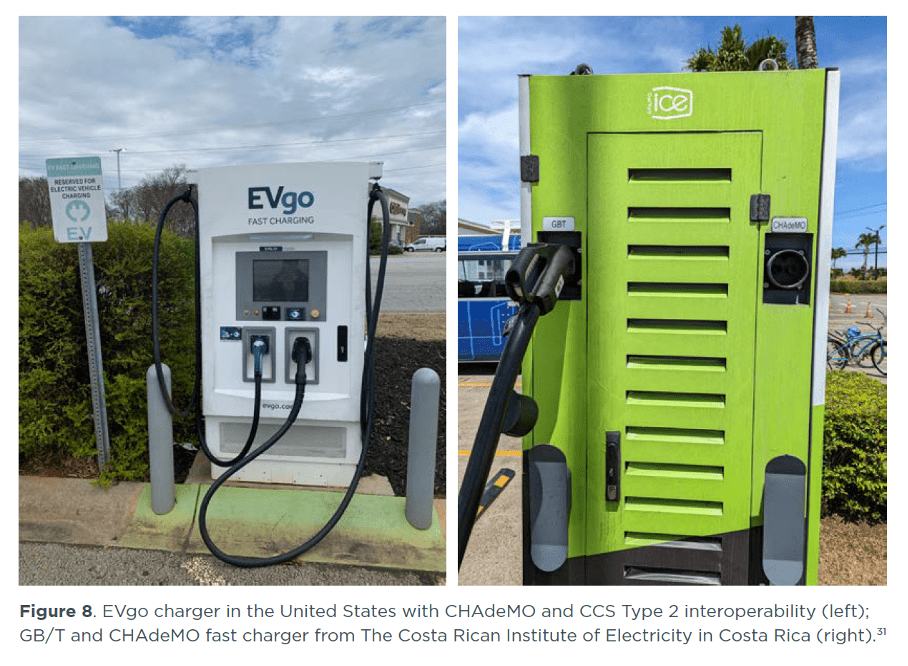
Governments with interoperability strategies should supply consumer platforms that accurately provide information for each charging station and their respective chargers. Chile’s navigation towards interoperability regulations could serve as an example for other small, net-importing countries.
3. Tailored strategies
The expectation for the coming years is that the EV market share will be driven up very quickly by zero-emission vehicle targets. This means countries have limited time to set a plan for charging infrastructure.
Countries that find themselves in the early stages of the zero-emission vehicle transition can set policies now that would avoid market disruptions resulting from delayed action. However, no single recommendation for a charger standard strategy suits all countries. Decisions should be based on expected needs, a country’s status as an importer/exporter, the power of its private industry, and its market size and regulatory strength. Each country’s situation is different and therefore requires a tailored strategy.

